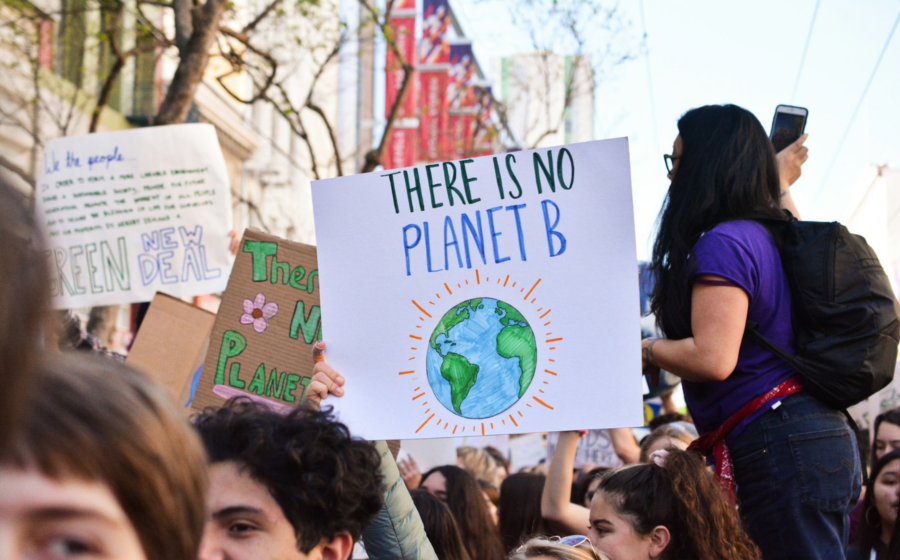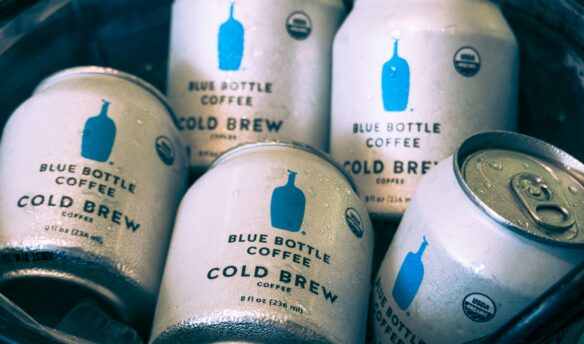This article is part of our larger piece, The Best of Coffee News Club 2024.
Many of the largest coffee-growing regions suffered from extreme weather in 2024—just like the year before. Wildfires raged across much of South America and burned coffee farms in Brazil during the worst drought to hit the country in more than 70 years. Brazil also experienced unseasonable frosts, all of which contributed to a fall in production. Because Brazil is the world’s largest coffee grower, the country’s weather events had a significant impact on global coffee prices.
Brazil wasn’t alone. Devastating floods hit countries like Honduras and Costa Rica while much of Southeast Asia suffered from a record-breaking heatwave that impacted harvests and pushed the price of robusta to record highs. Colombia’s 2024 harvest was up on the year before, but unpredictable rainfall cycles and warming temperatures, particularly in the Sierra Nevada mountain range, meant that its coffee production has still fallen 35% over the past five years.
Researchers are working to help producers cope with the climate crisis, particularly in Costa Rica. In February, an initiative called Project One sought to help coffee farmers minimize emissions and improve yields through “strategic reforestation” and switching to renewable energy sources. At the same time, a team of researchers published a study that showed it is possible to grow high-quality coffee under shade in the country’s low-lying Caribbean region, bucking assumptions that elevation correlates with coffee quality.
Corporations tried to get in on the sustainability train. Starbucks acquired two new coffee farms in Costa Rica and Guatemala as part of its “collaborative coffee innovation network,” aimed at researching ways to increase productivity, profitability, and climate resilience. Nestlé, meanwhile, developed a new, high-yielding, climate-resilient—and proprietary—coffee variety.
To read more stories like this in 2025 and beyond, sign up for our weekly news roundup, Coffee News Club.









